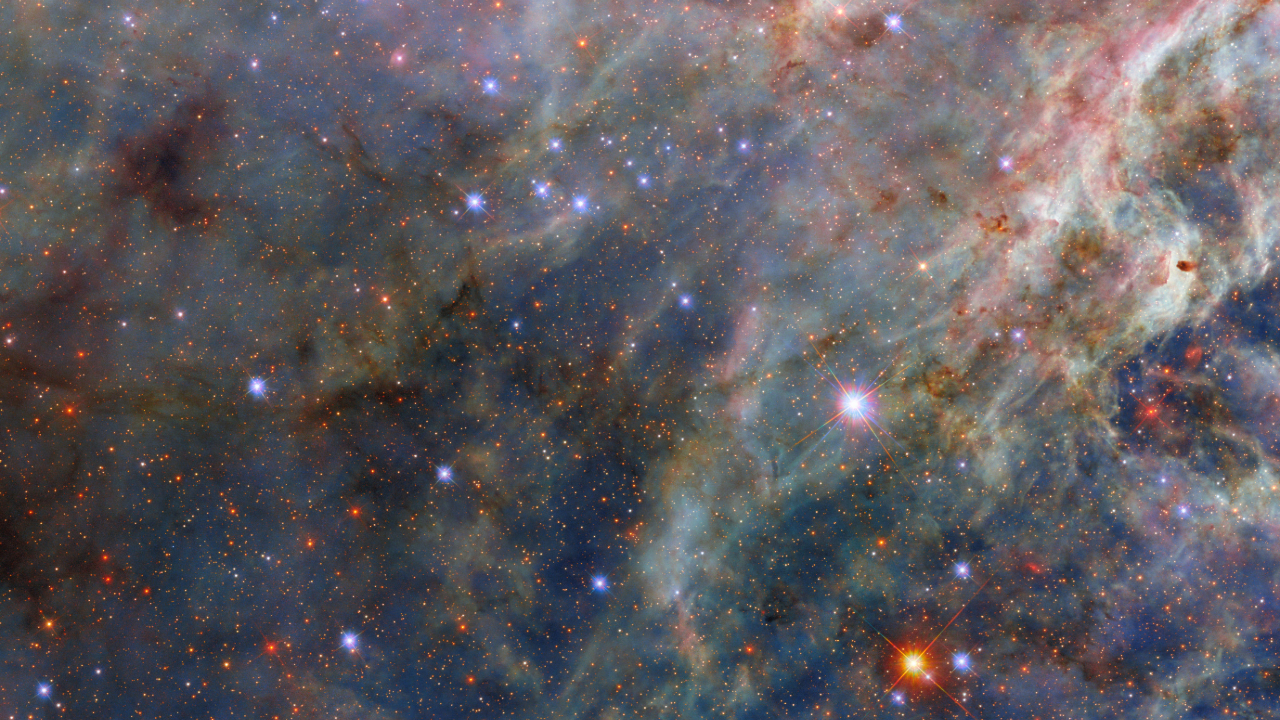The Andromeda Galaxy glows rosy red in gorgeous new Hubble Telescope image
New star formation sets the galaxy ablaze.

The rosy red structures of a nearby galaxy glow brightly in a new image from the Hubble Space Telescope.
The Andromeda Galaxy — the Milky Way's closest galactic neighbor — is located about 2.5 million light-years away. Measuring approximately 152,000 light-years across, it has nearly the same mass as our Milky Way galaxy. A recent hubble image, released on Aug. 30, captures a detailed view of the northeast region of the famed galaxy, including its intricately woven spiral arms and swathes of ionized gas that fuel star formation.
Related: Stunning Photos of Our Milky Way Galaxy (Gallery)
"The combination of stellar nurseries and supernovas create a dynamic environment that excites the surrounding hydrogen gas, flourishing it into a garden of star-studded roses," NASA officials said in a statement.
Using Hubble's Advanced Camera for Surveys and Wide Field Camera 3, researchers were able to peer through the clouds of gas and hone in on Andromeda's spiral arms to analyze the galaxy's vast collection of stars.
"The extent of the study spanned a vast range of stars, providing not just a clear view of Andromeda's stellar history and diversity, but also more insight on stellar formation and evolution overall," NASA officials said in the statement.
"By examining these stars in our local cosmic neighborhood, scientists can better understand those within galaxies in the distant universe."
Breaking space news, the latest updates on rocket launches, skywatching events and more!
Andromeda is believed to be falling toward the Milky Way due to gravitational forces between the two galaxies and the invisible dark matter that surrounds them both. Ultimately, the two galaxies are expected to experience a head-on collision in about 2 billion to 4 billion years, which will drastically alter the structure of both Andromeda and the Milky Way as we know them today. However, some new research casts doubt on this collision theory — so, perhaps only time will tell.

Samantha Mathewson joined Space.com as an intern in the summer of 2016. She received a B.A. in Journalism and Environmental Science at the University of New Haven, in Connecticut. Previously, her work has been published in Nature World News. When not writing or reading about science, Samantha enjoys traveling to new places and taking photos! You can follow her on Twitter @Sam_Ashley13.
